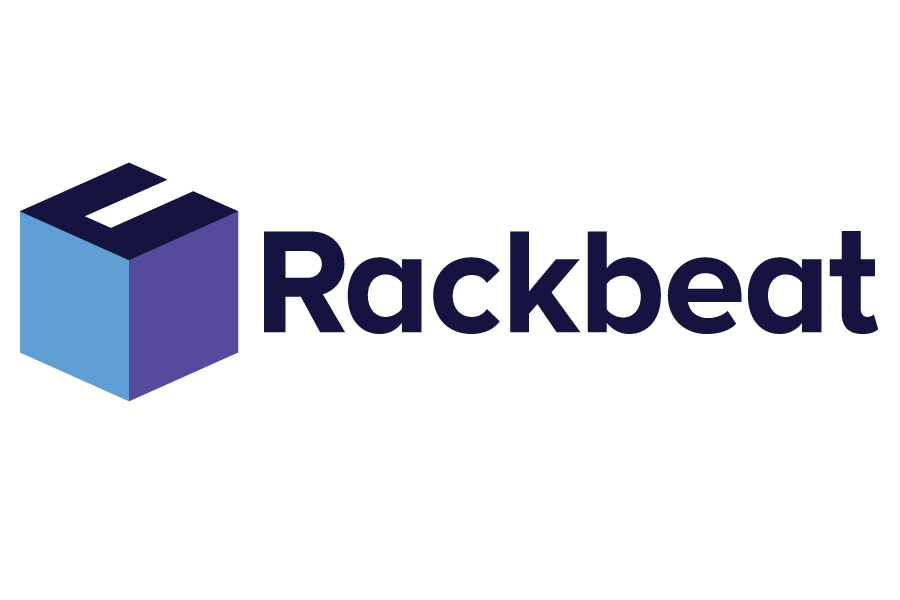Replenishment Strategy
A replenishment strategy is a method or plan that a business uses to ensure that goods and materials are restocked on time and in the right quantities to avoid both stock shortages and overstocked warehouses. The right replenishment strategy can optimize inventory costs, improve delivery reliability, and ensure that customers always receive the products they need.
Rackbeat March 14, 2025
Why Is a Replenishment Strategy Important?
Without a clear replenishment strategy, businesses risk facing challenges in their purchasing management, where inventory levels are either too low or too high. Overstocked warehouses tie up capital and often require additional hardware for storage, while stock shortages can lead to delayed deliveries and dissatisfied customers.
Businesses using an inventory management system (WMS) can better monitor their inventory levels in real time and ensure that reorders are placed precisely when needed. Integrated order management also helps synchronize stock with incoming and outgoing orders, reducing the risk of errors and optimizing workflows.
Types of Replenishment Strategies
1. Min/Max Replenishment
Min/max replenishment is a strategy where a business sets a minimum and maximum inventory threshold for a product. If you’re working with an inventory management system, it can detect when stock reaches the minimum level and send a reminder about the need for replenishment so inventory can be restocked accordingly.
Advantages: Helps prevent stock shortages and overstocking, especially when combined with an inventory management system (WMS).
Disadvantages: Requires continuous adjustment of minimum and maximum levels based on demand and purchasing data to ensure optimal purchasing management.
2. JIT (Just-in-Time)
With this strategy, goods and materials are ordered precisely when they are needed. It requires accurate procurement management and strong collaboration with suppliers.
Advantages: Minimizes inventory costs and reduces the need for additional hardware for storage.
Disadvantages: Can be challenging if supply chain disruptions occur, as there is no buffer stock.
Which Industries Have a Particular Need for a Replenishment Strategy?
Several industries rely on a precise and efficient replenishment strategy to ensure stable operations and minimize inventory costs. Here are the key industries:
E-commerce & Retail
Companies in e-commerce and retail often handle large volumes of daily orders and require integrated order management to ensure that products are replenished continuously without overstocking warehouses.
Manufacturing & Industry
Manufacturing businesses depend on accurate purchasing management to avoid production stoppages. An efficient inventory management system can help plan the replenishment of raw materials and components.
Food & Grocery
These industries require precise inventory management to ensure that perishable goods do not expire. By using a WMS, companies can easily monitor stock levels and automate reordering as needed.
Wholesale & Distribution
Wholesale businesses often handle large quantities of goods and rely on precise purchasing management and real-time data from an inventory management system to optimize their supply chain.
How Can Rackbeat Help with Your Replenishment Strategy?
Rackbeat’s inventory management system (WMS) enables businesses to optimize their replenishment strategy through automation and real-time inventory insights.
With Rackbeat, you can:
- Set minimum thresholds for your products
- Receive notifications when it’s time to reorder
- Generate replenishment reports to analyze and optimize your purchasing management
By digitizing your inventory management with Rackbeat, you can improve your order management, reduce inventory costs, and ensure a smooth and efficient replenishment strategy – all within one user-friendly platform.
Try Rackbeat for Free and Optimize Your Replenishment Strategy
A strong replenishment strategy ensures that your business always has the right products in stock—without tying up unnecessary capital in overstocked inventory or risking stock shortages. With a digital inventory management system (WMS) like Rackbeat, you can automate your reorders, receive low-stock alerts, and generate replenishment reports to optimize your purchasing management.
Want to see how Rackbeat can make your replenishment strategy smarter? Sign up for a free demo today and discover how you can streamline your inventory management, optimize your order management, and gain full visibility of your stock levels in real time.
Try Rackbeat for free here



